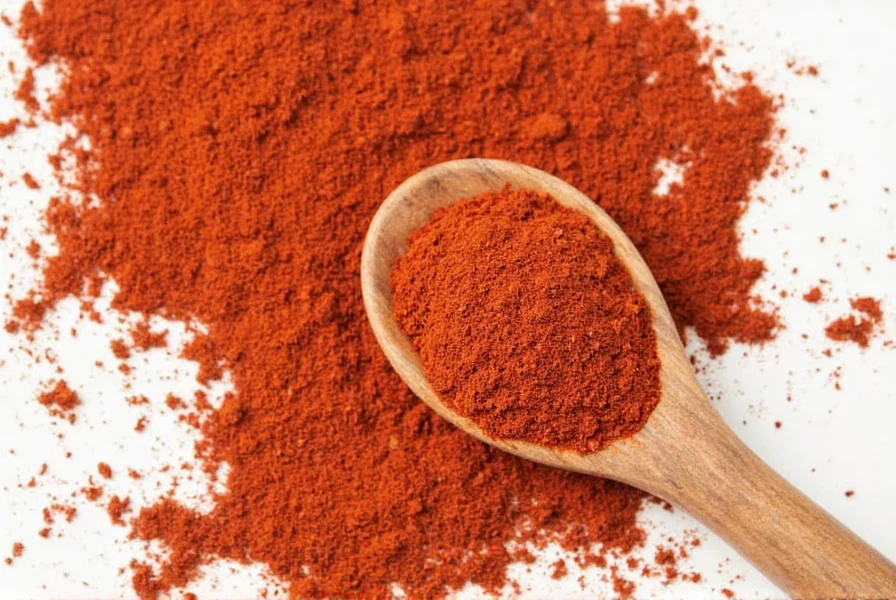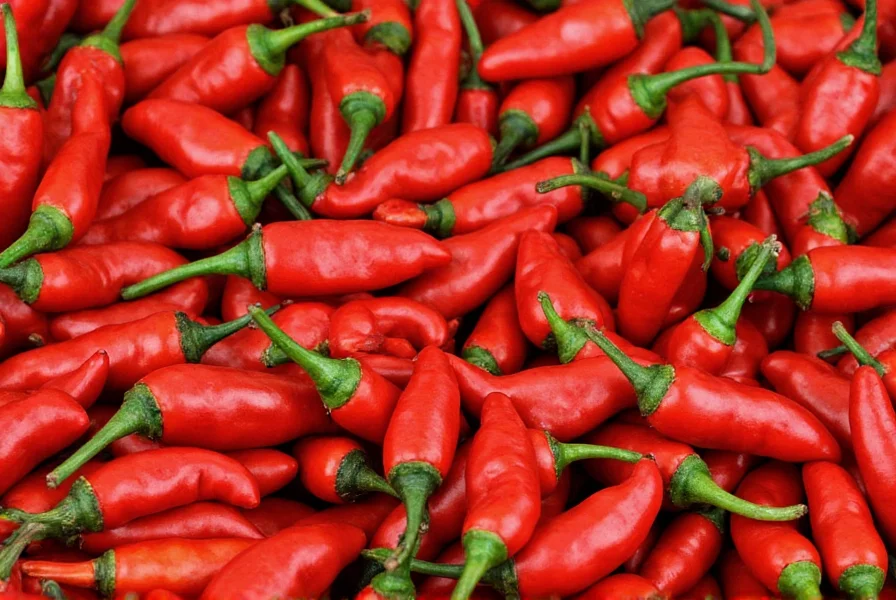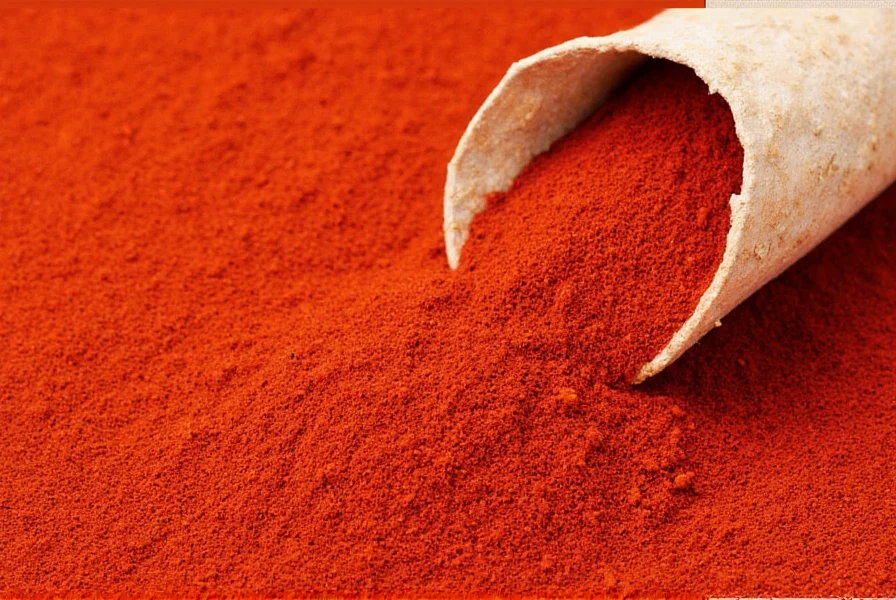Paprika originates from sweet and chili peppers native to the Americas, but became globally renowned through Hungarian cultivation. While Christopher Columbus first brought peppers to Europe from the Caribbean in 1493, Hungarian farmers in the 16th century developed the distinctive drying and grinding techniques that created the vibrant red spice we know today as paprika.
When you sprinkle that vibrant red powder onto your dish, you're connecting with a remarkable culinary journey spanning continents and centuries. Paprika's story begins long before it became synonymous with Hungarian goulash and chicken paprikash.
The Ancient Roots: From Mesoamerica to Europe
The peppers that eventually became paprika grew wild in Mesoamerica for thousands of years. Indigenous peoples in modern-day Mexico, Central America, and the Caribbean cultivated various pepper varieties long before European contact. These weren't the sweet varieties we associate with paprika today, but rather the ancestors of all Capsicum peppers.
Christopher Columbus encountered these peppers during his 1492 voyage, mistakenly believing he had reached India (hence the misnomer "peppers"). He brought samples back to Spain in 1493, introducing Europe to this new flavor dimension. From Spain, peppers spread rapidly across the continent through trade routes and exploration.

Hungary's Paprika Revolution
While peppers reached Hungary around 1520 via Turkish traders during the Ottoman occupation, the transformation into paprika as we know it happened gradually. Hungarian farmers discovered that certain sweet pepper varieties thrived in their climate, particularly in the Kalocsa and Szeged regions along the Danube River.
By the 19th century, Hungarian producers had perfected the process of drying and grinding these peppers into a fine powder. This innovation transformed paprika from a simple seasoning into Hungary's national spice and a cornerstone of its culinary identity. The Hungarian word "paprika" entered European languages, becoming the universal term for this spice.
How Paprika Production Evolved
The traditional paprika-making process involves several careful steps:
| Production Stage | Traditional Method | Modern Adaptation |
|---|---|---|
| Harvesting | Hand-picked at peak ripeness in late summer | Mechanized harvesting with quality sorting |
| Drying | Slow air-drying in special drying rooms | Controlled temperature drying facilities |
| Processing | Stone grinding in small batches | Industrial mills with temperature control |
| Classification | Based on color intensity and heat level | Standardized quality grades (Édesnödéli, etc.) |
Hungarian producers developed a sophisticated classification system based on color intensity, flavor profile, and heat level. The most prized varieties remain the sweet Hungarian paprika (Édesnödéli), though spicy varieties also exist.
Global Paprika Traditions
While Hungary dominates paprika production and cultural association, other regions developed their own paprika traditions:
- Spain: Spanish pimentón, particularly from La Vera region, uses a distinctive smoking process over oak wood
- Serbia: Produces high-quality paprika in the Deliblato Sands region, similar to Hungarian varieties
- California: American producers create milder paprika varieties primarily for color
- South Africa: Developed its own paprika traditions through Dutch and Portuguese influences
The difference between Hungarian and Spanish paprika represents one of the most significant distinctions in paprika production. Hungarian paprika emphasizes natural sweetness and vibrant color from sun-ripened peppers, while Spanish pimentón often features a distinctive smoky flavor from the traditional smoking process.

Why Hungary Became Paprika's Home
Several factors contributed to Hungary's dominance in paprika production:
- The fertile soil along the Danube River proved ideal for growing sweet pepper varieties
- Hungarian climate provides perfect conditions for natural sun-drying of peppers
- Cultural adoption transformed paprika from foreign import to national symbol
- 19th century industrialization enabled large-scale, consistent production
- Geographic position facilitated trade routes across Europe
By the late 1800s, Hungary was exporting paprika worldwide, establishing its reputation as the premier source for high-quality paprika. The Hungarian government even established quality standards in 1936 to protect the integrity of genuine Hungarian paprika.
Modern Paprika Production
Today, while Hungary remains the most famous producer, paprika comes from multiple sources worldwide. The European Union grants Protected Designation of Origin status to "Hungarian paprika" (Őstermelésű magyar paprika), ensuring only paprika produced in specific Hungarian regions using traditional methods can bear this name.
When shopping for authentic paprika, look for indicators of origin and production method. True Hungarian paprika should list "Hungary" as the country of origin and may specify regions like Kalocsa or Szeged. Spanish pimentón often indicates whether it's smoked (pimentón ahumado) and may specify sweet (dulce), bittersweet (agridulce), or hot (picante) varieties.
Understanding Paprika Quality
Not all paprika is created equal. The highest quality paprika demonstrates:
- Vibrant red color without artificial additives
- Fresh, sweet pepper aroma (not musty or stale)
- Smooth texture without gritty particles
- Rich flavor that enhances rather than overwhelms dishes
- Proper packaging that protects from light and moisture
Proper storage extends paprika's shelf life - keep it in an airtight container away from light and heat. High-quality paprika maintains its vibrant color and flavor for 1-2 years, while lower quality varieties may fade within months.











 浙公网安备
33010002000092号
浙公网安备
33010002000092号 浙B2-20120091-4
浙B2-20120091-4